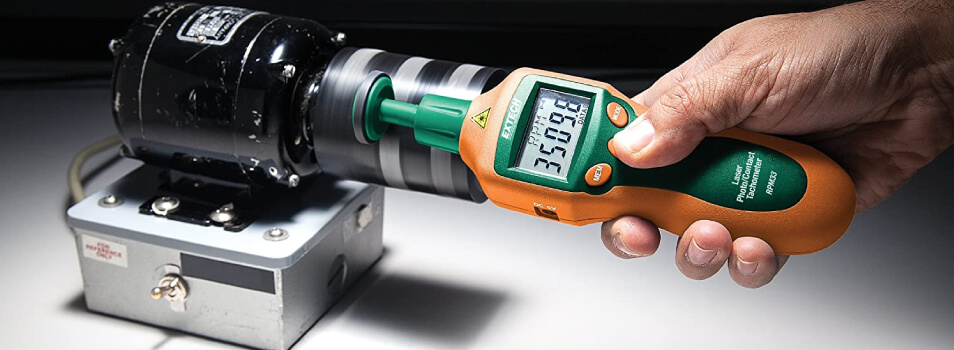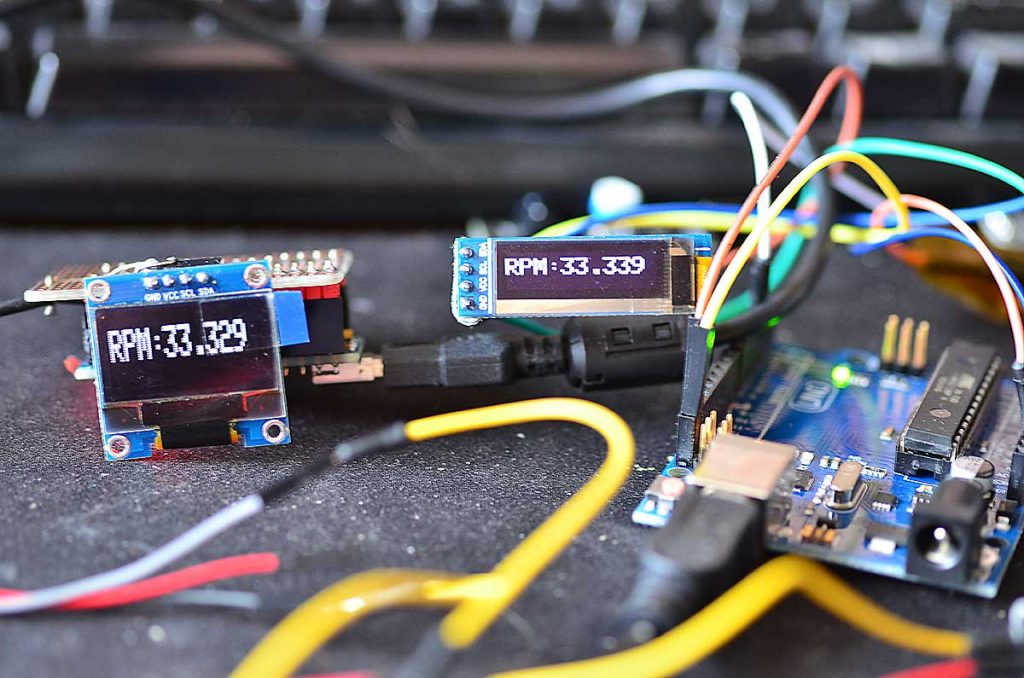
How to Test a Tachometer with a Battery Charger Effectively?
Share
Tachometers play a crucial role for engine enthusiasts and tech professionals alike, providing real-time feedback on engine speed. But how do you ensure your tachometer is functioning properly? One effective method is how to test a tachometer with a battery charger. In this detailed guide, we will walk you through the entire process.
Understanding the ins and outs of your tachometer can be a bit daunting, especially if you are new to the subject. This article is designed to clarify the testing process for tech enthusiasts and professionals who seek precise instrument functionality.

Why Would You Need to Test a Tachometer?
Tachometers, whether analog or digital, can display erroneous readings due to various issues such as wear and tear, electrical faults, or improper installation. Testing ensures accuracy and reliability, which are critical for optimal performance in vehicles and machinery. For more information about different tachometer functions, you can check this link.
Understanding Your Tachometer
A tachometer measures the rotational speed of an object such as a shaft or a disc. In vehicles, it helps drivers assess the optimal engine RPM to avoid over-revving, which can lead to significant damage. Knowing the working principles of your tachometer helps you perform effective tests. There are primarily two types of tachometers: mechanical and digital. Each has distinct features and specifications.
Tools You'll Need for Testing
Before diving into the testing process, its essential to gather the necessary tools:
- Battery Charger: A reliable battery charger compatible with your tachometer.
- Multimeter: For voltage and resistance measurements.
- Wires and Connectors: To create secure connections.
- Safety Gear: Always use gloves and goggles for safety.
Step-by-Step Process to Test a Tachometer with a Battery Charger
Step 1: Preparation
Before testing, ensure that the tachometer is disconnected from power sources to prevent electrical shock. It is also advisable to consult the manual of your tachometer to familiarize yourself with its wiring and specifications.
Step 2: Making Connections
Connect the battery charger to the tachometer. Identify the positive and negative terminals of the tachometer:
- Connect the positive lead of the charger to the positive terminal of the tachometer.
- Ground the tachometer by connecting its negative terminal to the battery chargers negative lead.
Step 3: Conducting the Test
Once the connections are secure, turn on the battery charger. Start increasing the voltage gradually. Monitor the tachometer for readings:
- A functional tachometer should display readings relative to the voltage applied.
- If the readings are undefined, check the connections and retry.
For an additional method, consider reading the tachometer signal using a multimeter. This technique can confirm electronic inaccuracies.
Step 4: Analyzing Results
Once the test is complete, turn off the battery charger and disconnect the leads. Analyze the results:
- If the tachometer displayed consistent and accurate readings throughout the test, its likely functioning correctly.
- Inconsistent readings may indicate issues like faulty wiring or a malfunctioning tachometer.
Troubleshooting Common Issues
If your testing indicated problems, consider these common issues:
- Weak Signal: Check the connections and wiring.
- Incorrect Readings: Confirm the settings on your multimeter.
- Physical Damage: Inspect for cracks or marks on the tachometer itself.
You can also review our article on testing tachometer signals for further insights.
Frequently Asked Questions (FAQ)
What causes a tachometer to fail?
Tachometers can fail due to electrical faults, physical damage, or user error during installation.
Can a battery charger damage my tachometer?
If used improperly, yes. Its vital to ensure that you do not exceed voltage ratings specific to your tachometer.
What are common signs that my tachometer is malfunctioning?
Common signs include erratic readings, total failure to display, or constant high readings even when the engine is off.

Further Reading and Resources
To deepen your understanding of tachometers, you might find additional resources useful. Here are a few:
This guide provided a thorough overview of how to test a tachometer with a battery charger. By following these steps, tech professionals and enthusiasts alike can ensure their tachometers are accurate and efficient.
